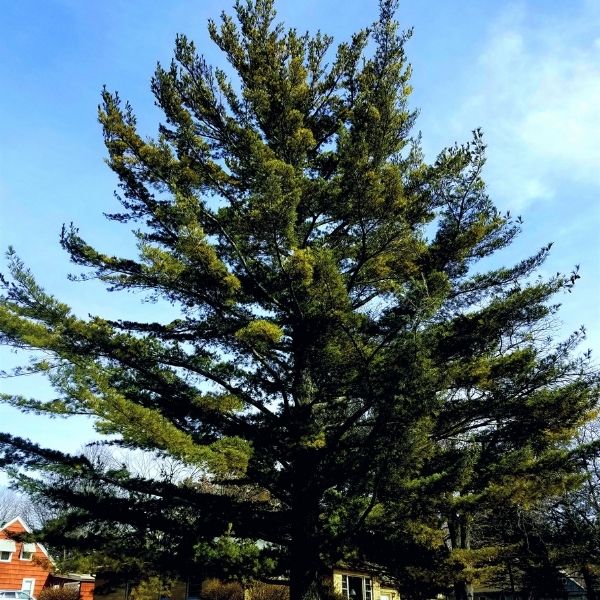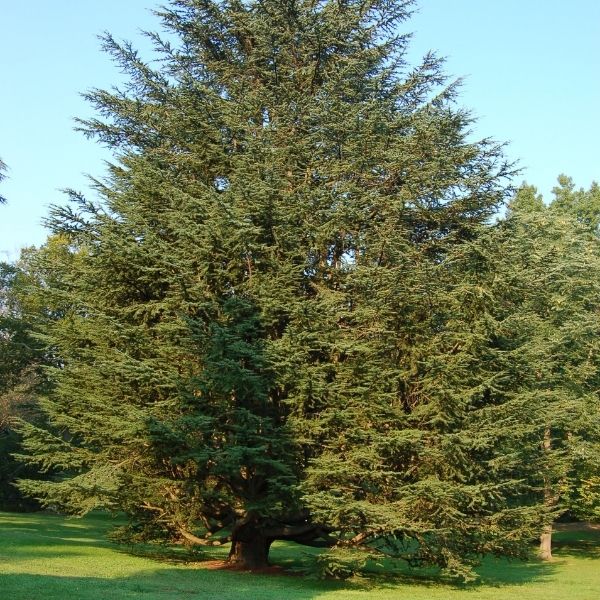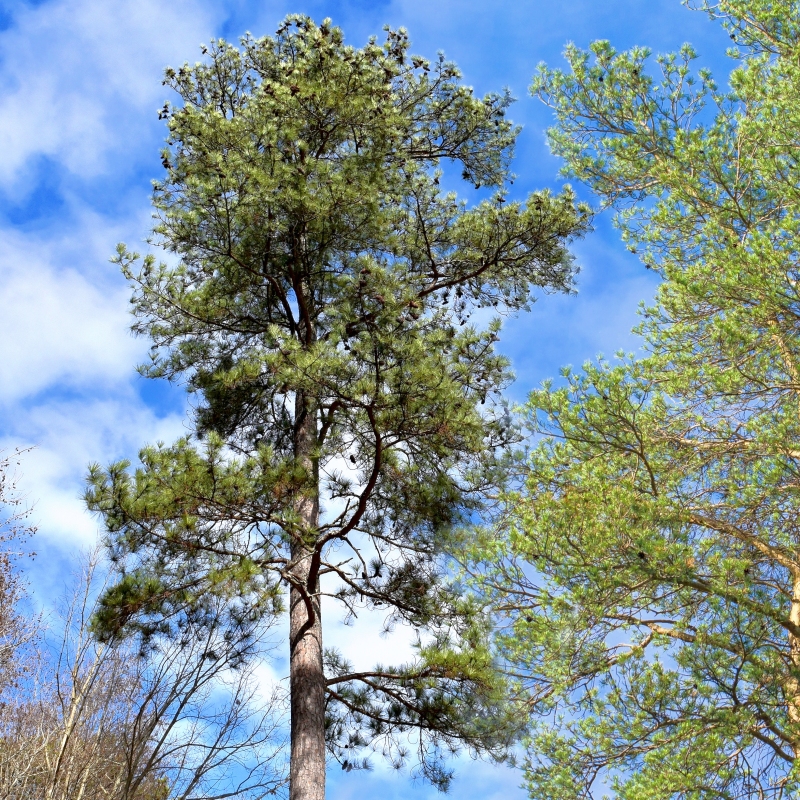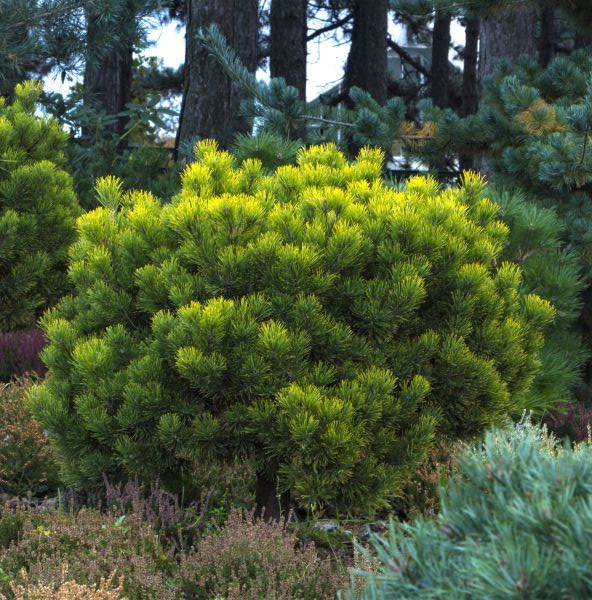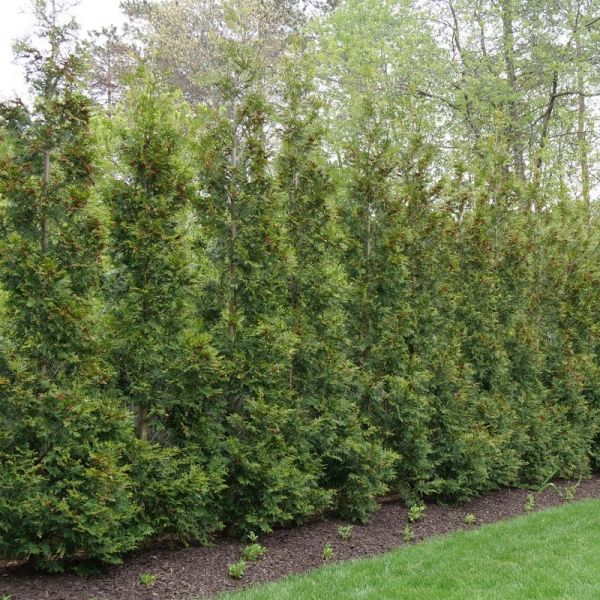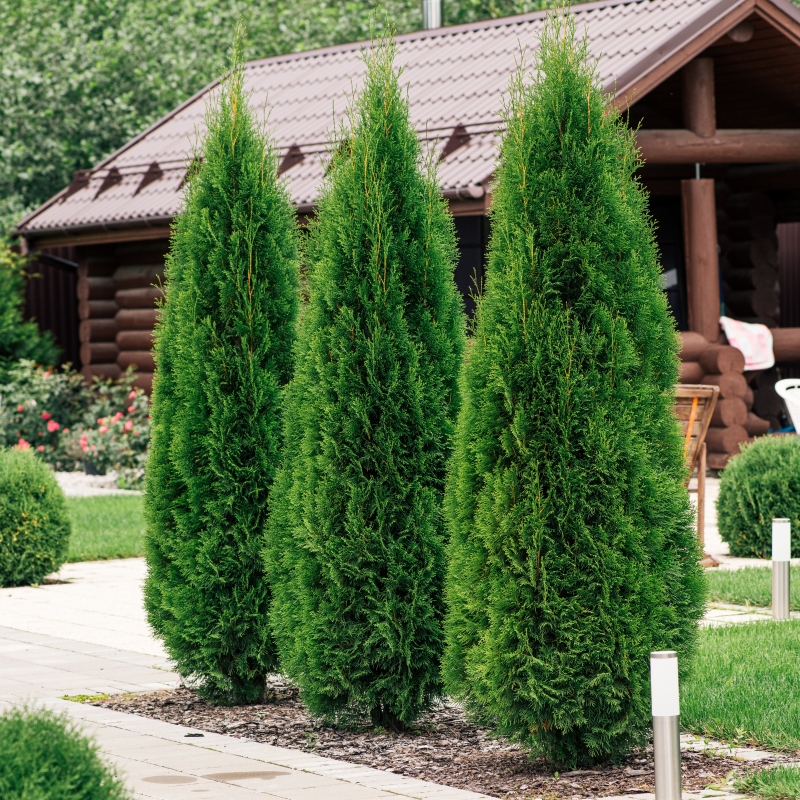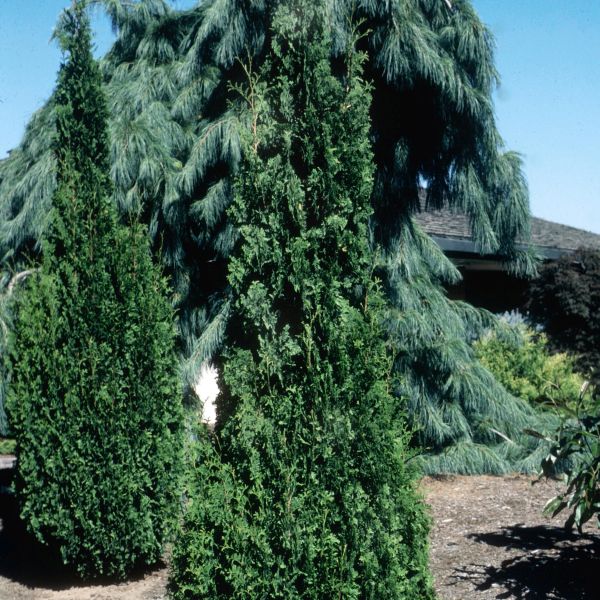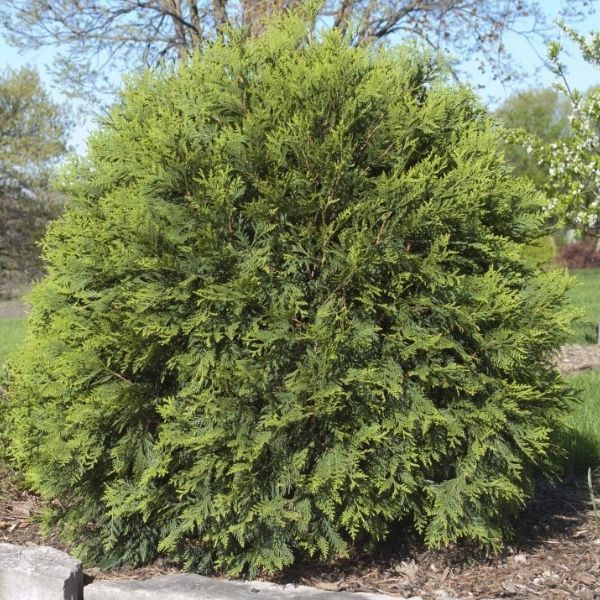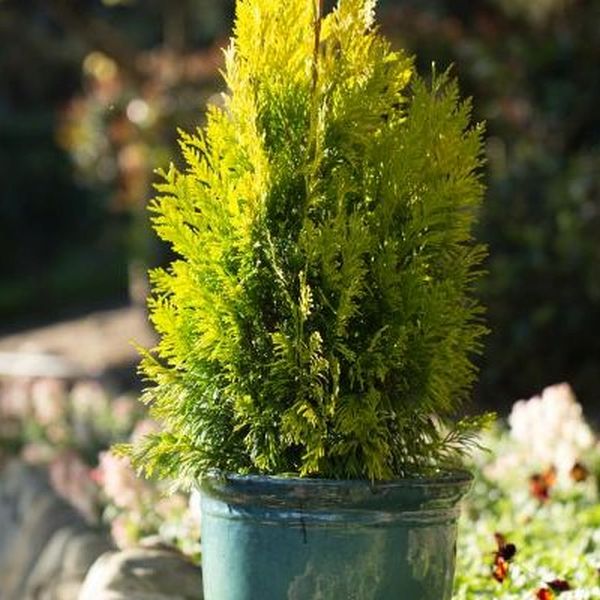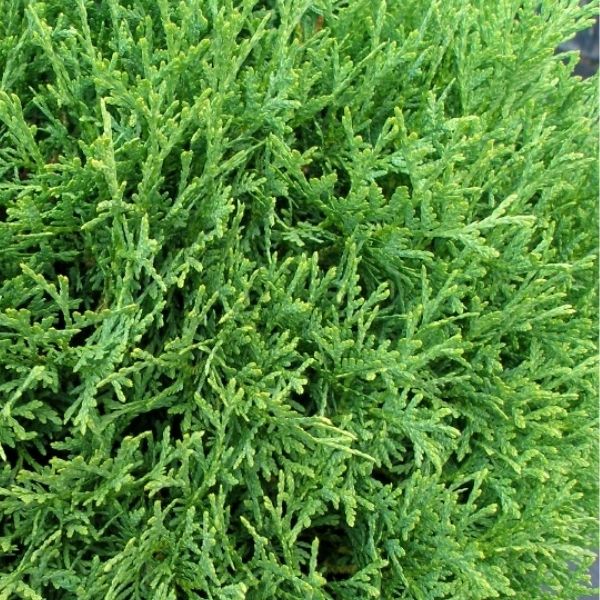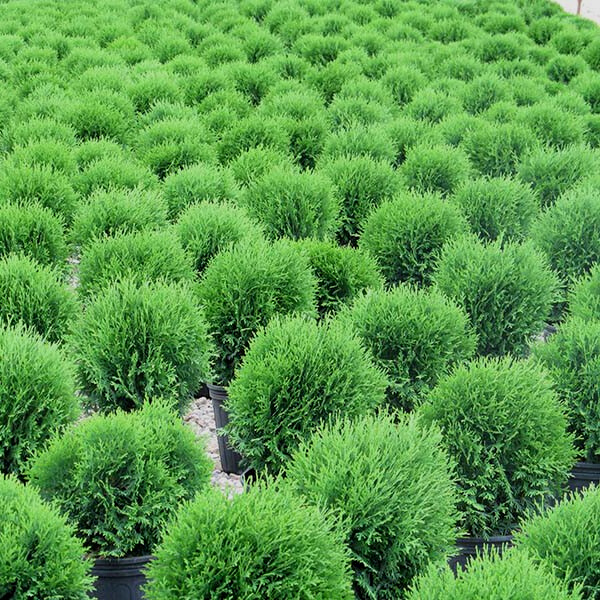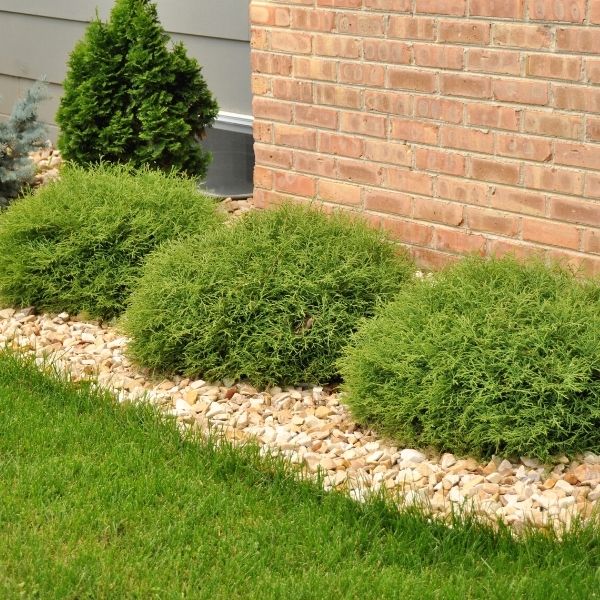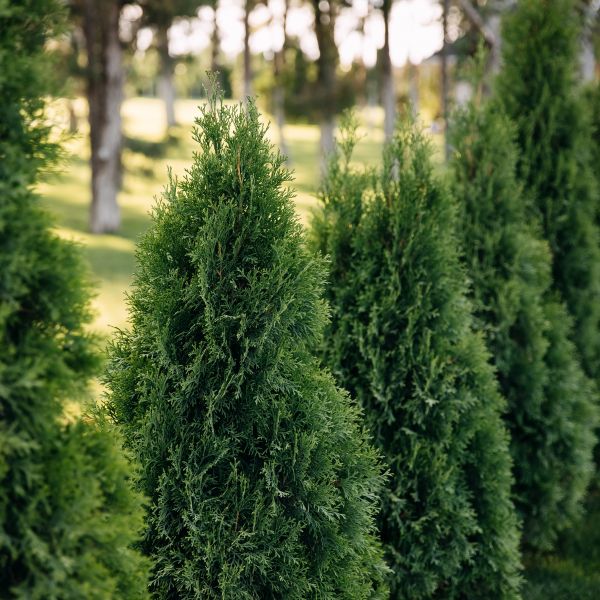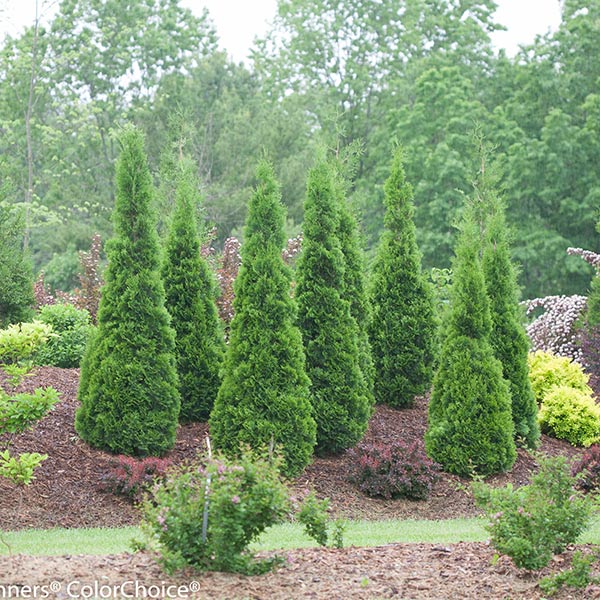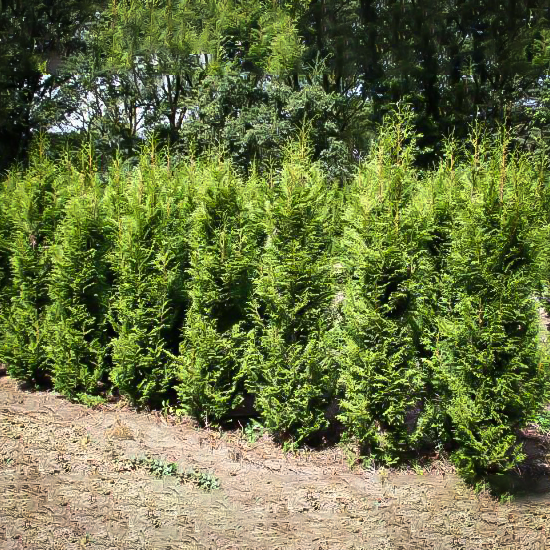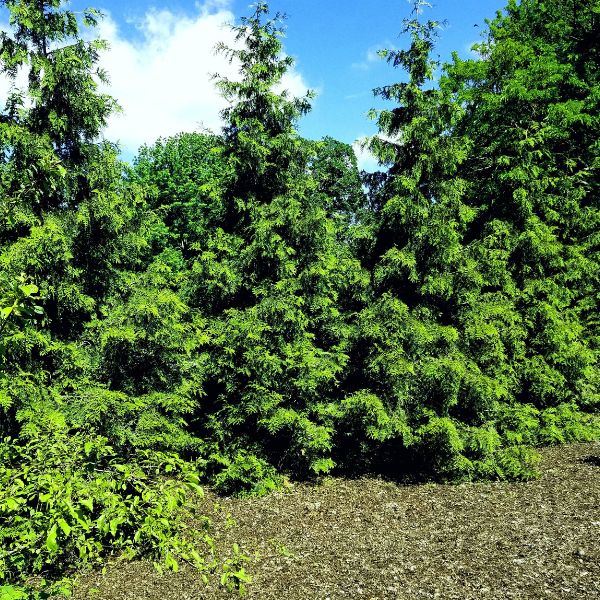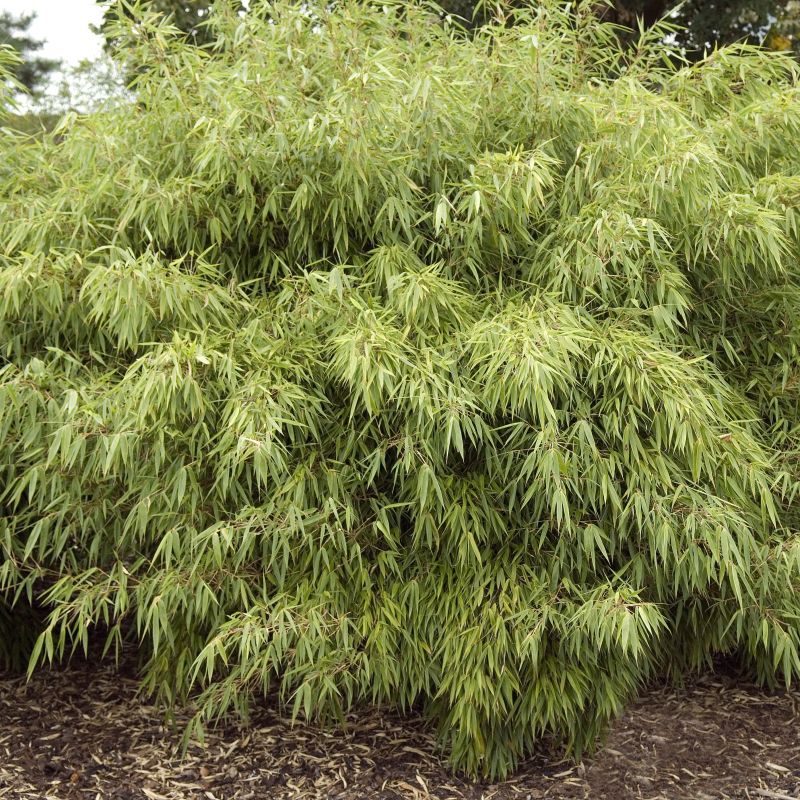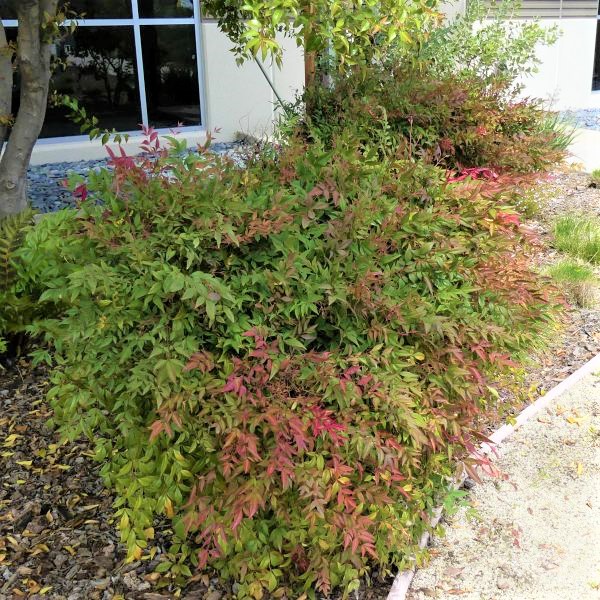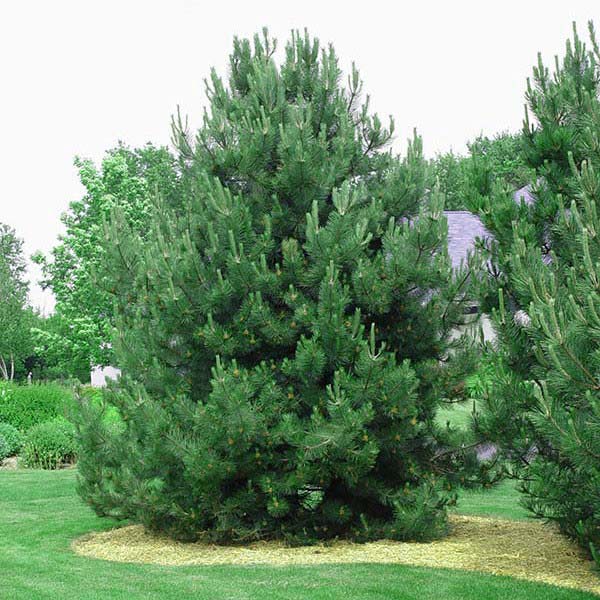
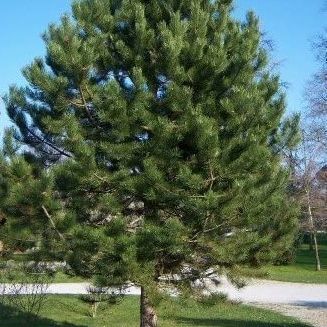
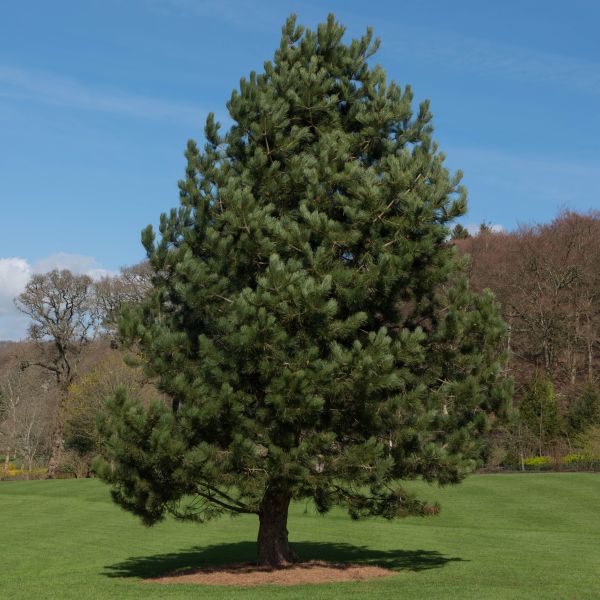
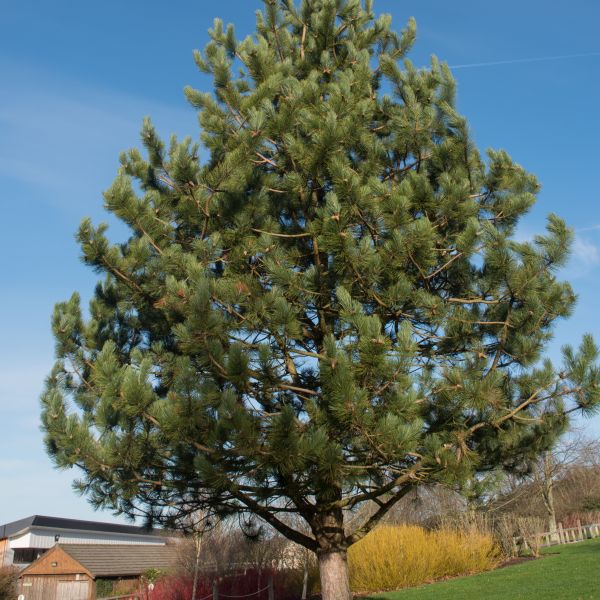
Austrian Pine
Pinus nigra
18 reviews
Austrian Pine
Pinus nigra
18 reviews
- Drought tolerant
- Can adapt to various soil types
- Attractive dark green needles
- Recommended by landscape designers for optimal fit in real yards
$127.00
$182.00
30% Off
- Ships to 43215 in 3 to 7 days
- Free Shipping Over $150
- Plant Arrival Guarantee
- In Stock
- Free Plant Consult
$200 - Landscape-Approved: Every Plant We Sell Comes With Design Expertise Behind It
3.5 Gallon 2-3 Feet
Not just beautiful - intentionally selected by ShrubHub's 3D landscape design team to fit real-world spaces and maximize yard potential.
Why Austrian Pine?
Austrian Pine (Pinus nigra) is popular for various reasons. It is a hardy evergreen tree that can tolerate harsh conditions such as pollution and drought. It has a dense, pyramidal crown and attractive dark green needles. The tree also produces small, brown cones, adding visual interest. Its adaptability, resilience, and aesthetic appeal make Austrian Pine a favored choice for landscaping and reforestation projects.
People who loved this plant also bought
Sunlight
Austrian Pine trees require full sun exposure for optimal growth and development.
Watering
Austrian Pines have low to moderate watering requirements. They prefer well-draining soil and should be watered deeply but infrequently, allowing the soil to partially dry out between waterings. Overwatering can lead to root rot.
Fertilizing
Austrian Pines thrive in moderately fertile soil and generally do not have high fertilizer requirements. A balanced fertilizer with equal amounts of nitrogen, phosphorus, and potassium can be applied in early spring or late fall to promote healthy growth.
Austrian Pine (Pinus nigra)
Description:
The Austrian Pine, scientifically known as Pinus nigra, is a large evergreen conifer that belongs to the Pinaceae family. It is native to southern Europe, specifically the Alps, Caucasus, and Balkan Peninsula. This beautiful tree is widely cultivated for its ornamental value and its ability to adapt to various soil types and climate conditions.
Appearance:
The Austrian Pine typically grows to a height of 40-70 feet, with a spread of 20-40 feet. It features a dense, pyramidal crown when young, which becomes broad and irregularly shaped as it matures. The bark is dark gray to black, deeply furrowed, and adds an interesting texture to the tree's overall appearance. The long, slender needles are dark green and occur in pairs, measuring around 3-5 inches in length.
Growth Requirements:
This pine species thrives in full sun or partial shade, making it adaptable to various garden and landscape settings. It prefers well-drained soils but can tolerate a wide range of soil types, including clay, loam, and sandy soils. Austrian Pines are relatively drought-tolerant once established, but benefit from regular watering during dry spells.
Uses:
Austrian Pines are popularly used as ornamental trees in parks, gardens, and large landscapes due to their attractive form and evergreen foliage. Their dark green needles and distinctive bark provide year-round visual interest. Additionally, they are sometimes utilized for windbreaks or screening purposes, thanks to their dense branches and ability to withstand harsh winds.
Wildlife Habitat:
This species of pine tree provides valuable habitat for wildlife. The thick foliage offers shelter and nesting sites for various bird species. The seeds and pinecones are an important food source for birds, squirrels, and other small mammals. The presence of Austrian Pines in an area can contribute to a healthy biodiversity and ecosystem.
Maintenance:
Austrian Pines are generally low-maintenance trees. They require minimal pruning, usually limited to removing dead or diseased branches. Mulching the tree's base helps retain moisture and suppress weed growth. While they are generally hardy, it is advisable to monitor for common pine pests like aphids or pine beetles and take appropriate measures if necessary.
Conclusion:
The Austrian Pine is a versatile and attractive conifer that adds beauty and functionality to various landscapes. With its adaptability to different soil types, resistance to wind, and year-round visual interest, this tree is an excellent choice for homeowners, landscapers, and nature enthusiasts alike.
Plant Information:
| Botanical Name: | Pinus nigra |
| USDA Zones: | 3 - 8 |
| Water: | Widely Adaptable |
| Exposure: | Full Sun |
| Soil Needs: | Well-Drained |
| Mature Height: | 40 - 50 feet |
| Mature Spread: | 25 - 35 feet |







Pollination Info
Pollination information for Austrian Pine (Pinus nigra)
Overview:
Austrian Pine, scientifically known as Pinus nigra, is a coniferous evergreen tree native to Europe. It is widely cultivated for its aesthetic value and as a timber tree. The species is monoecious, meaning it has separate male and female reproductive structures on the same tree. Pollination plays a crucial role in the reproduction of Austrian Pine by facilitating the transfer of male gametes (pollen) to female reproductive structures (cones).
Pollination Process:
The Austrian Pine relies on wind pollination, as it does not produce nectar or attract pollinators like bees or butterflies. The process of pollination in Austrian Pine can be described as follows:
- Male cones (also known as pollen cones) develop on the lower branches of the tree. These cones are small and composed of numerous sporophylls, which bear the pollen-producing structures called microsporangia.
- During the spring, typically in April or May, male cones release vast amounts of pollen into the air. The pollen grains are lightweight and have small air sacs attached to aid in dispersal by wind.
- Female cones (also called seed cones) are located on the upper branches of the tree. Each cone consists of woody scales arranged spirally, with each scale containing two ovules.
- The wind carries the pollen grains in the air, and some of them may land on the sticky droplets of the female cone scales. The scales have a specialized structure that helps trap the pollen grains.
- If successful, a pollen tube develops from a germinating pollen grain and penetrates through the opening at the base of the ovule.
- Fertilization occurs as the male gametes travel through the pollen tube to reach the egg cell within the ovule.
- After pollination, the cone scales close tightly to protect the developing seeds (fertilized ovules).
- Over a period of months or years, the seeds mature and the cones eventually open to release the seeds.
Factors Affecting Pollination:
Several factors can influence the efficiency of pollination in Austrian Pine:
- Environmental conditions: Wind is the primary agent of pollination for Austrian Pine. Therefore, the presence of adequate wind is necessary to carry and disperse pollen effectively.
- Distance between male and female cones: The proximity between male and female cones can impact pollination success. Closer distances increase the likelihood of pollen landing on female cones.
- Quantity and quality of pollen: The number and viability of pollen grains produced by male cones affect the chances of successful fertilization.
Importance of Pollination:
Pollination is essential for the reproduction and survival of Austrian Pine. It ensures genetic diversity within the species and enables the production of viable seeds, which eventually develop into new trees. Additionally, pollination plays a vital role in maintaining ecosystem balance and providing habitats for various organisms.
FAQ
Austrian Pine (Pinus nigra) FAQ
1. What is Austrian Pine?
Austrian Pine, scientifically known as Pinus nigra, is an evergreen coniferous tree native to Europe. It is a member of the Pinaceae family and is widely cultivated for its ornamental value.
2. How tall does Austrian Pine grow?
Austrian Pine trees grow up to a height of 50 to 80 feet (15 to 24 meters) when mature, with a spread of 20 to 40 feet (6 to 12 meters). However, some exceptional specimens may reach a height of up to 100 feet (30 meters).
3. What is the appearance of Austrian Pine?
Austrian Pine has a dense, pyramidal-shaped crown when young, which gradually becomes rounded with age. The branches are stout and spread horizontally and are covered with dark gray to black bark. The needles are dark green, stiff, and grow in bundles of two.
4. What are the soil and light requirements for Austrian Pine?
Austrian Pine prefers well-drained soil and can tolerate a wide range of soil types, including sandy, loamy, and clay soils. It can adapt to both acidic and alkaline pH levels. Regarding light requirements, Austrian Pine thrives in full sun but can tolerate partial shade as well.
5. How fast does Austrian Pine grow?
Austrian Pine is known for its moderate growth rate. It typically grows around 1 to 2 feet (30 to 60 centimeters) per year under favorable conditions.
6. What is the hardiness zone for Austrian Pine?
Austrian Pine is hardy in USDA zones 4 to 7. It can withstand cold temperatures and is tolerant of hot and dry climates as well.
7. How often should Austrian Pine be watered?
Once established, Austrian Pine requires minimal watering. It has good drought tolerance and can survive with natural rainfall in most regions. However, during extended dry periods, it is beneficial to provide supplementary water to ensure healthy growth.
8. Does Austrian Pine require pruning?
Generally, Austrian Pine does not require extensive pruning. However, occasional pruning may be done to remove dead, damaged, or diseased branches. Pruning should be done during late winter or early spring to minimize sap bleeding.
9. Are there any pests or diseases that affect Austrian Pine?
Austrian Pine is relatively resistant to pests and diseases. However, it may occasionally be affected by pine sawflies, pine shoot moths, bark beetles, or needle blight diseases. Regular inspections and proper maintenance can help minimize potential issues.
10. Can Austrian Pine be used for timber?
Yes, Austrian Pine timber is highly valued for its quality. It is commonly used for construction purposes, including interior carpentry, joinery, flooring, and furniture. The wood is durable, strong, and has attractive grain patterns.
Planting & Care
Planting & Care for Austrian Pine (Pinus nigra)
The Austrian Pine (Pinus nigra) is a popular evergreen tree known for its attractive appearance and hardy nature. Here are some important tips for successfully planting and caring for Austrian Pine:
Planting:
- Choose a planting location with full sun exposure and well-draining soil.
- Dig a hole that is slightly wider and deeper than the root ball of the tree.
- Remove any weeds or grass from the planting area.
- Carefully place the tree in the center of the hole, making sure it is straight.
- Backfill the hole with soil, gently firming it around the base of the tree to eliminate any air pockets.
- Water thoroughly after planting to help the soil settle and provide hydration to the tree.
- Provide regular watering to newly planted Austrian Pines, especially during the first year of establishment.
- Water deeply, allowing the soil to become moist but not soggy.
- During prolonged dry periods, water deeply once every week to ensure the tree gets sufficient moisture.
- Decrease watering during winter to prevent waterlogged soil and root rot.
- Use a balanced slow-release fertilizer formulated for evergreen trees in early spring to promote healthy growth.
- Apply the fertilizer according to the instructions on the package, taking care not to over-fertilize as it can burn the roots.
- Avoid fertilizing during periods of drought or extreme heat.
- Prune Austrian Pines in late winter or early spring before new growth begins.
- Remove any dead, damaged, or crossing branches.
- Thin out the canopy to improve air circulation and prevent disease.
- Trim back any branches that are encroaching on nearby structures or walkways.
- Austrian Pines are generally resistant to most pests and diseases, but they can occasionally be attacked by bark beetles.
- Inspect the tree regularly for signs of beetle infestation, such as boring holes, pitch tubes, or sawdust-like frass.
- If infestation is detected, consult with a professional arborist for appropriate treatment options.
Watering:
Fertilization:
Pruning:
Pest and Disease Control:
By following these planting and care guidelines, you can ensure that your Austrian Pine thrives and adds beauty to your landscape for many years to come.
Check Out These Verified Customer Reviews:
Customer Reviews
4.7 out of 5 based on 18 reviews
Thank you! Your review has been submitted.
Impressed with the healthy appearance of the tree. Easy ordering process and quick delivery.
Fast shipment, securely packaged.
Smooth website experience, easy to navigate.
Item has been added to your cart.



